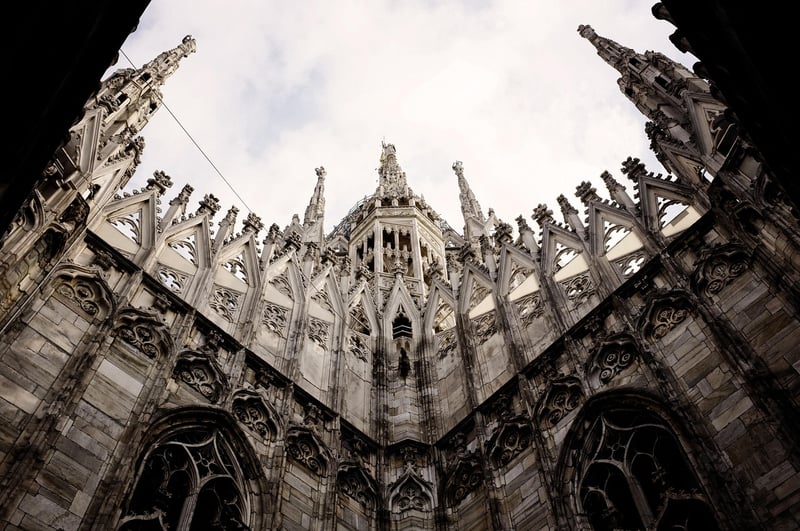Plant Sculptures
Exploring Artistic Elements for Your Garden: Plant Sculptures
When it comes to creating a visually stunning garden, incorporating artistic elements can truly elevate the space. One unique way to add a creative touch to your outdoor oasis is through plant sculptures. Plant sculptures are a beautiful fusion of nature and art, where plants are shaped, pruned, or arranged to create intricate and captivating designs. Let's delve into the world of plant sculptures and discover how you can incorporate them into your own garden.
The Art of Plant Sculptures
Plant sculptures involve manipulating living plants to form specific shapes, patterns, or structures. This art form often involves meticulous pruning, training, and arranging of plants to achieve the desired design. From simple geometric shapes to elaborate figures and animals, the possibilities with plant sculptures are endless.
Types of Plant Sculptures
There are various types of plant sculptures that you can incorporate into your garden:
- Topiary: Topiary involves shaping shrubs or trees into ornamental forms, such as spheres, spirals, or animals.
- Espalier: Espalier is a technique where trees are trained to grow flat against a wall or trellis, creating intricate patterns.
- Cloud Pruning: This Japanese technique involves creating cloud-like formations in trees by selective pruning.
- Living Sculptures: Living sculptures are artistic arrangements of plants, often combined with other materials like metal or stone, to create unique garden focal points.
Benefits of Plant Sculptures
Integrating plant sculptures into your garden offers a range of benefits:
- Enhanced Aesthetics: Plant sculptures add visual interest and beauty to your garden, creating a focal point that captures attention.
- Unique Design Elements: Plant sculptures allow you to introduce unique and personalized design elements that reflect your style and creativity.
- Artistic Expression: Creating plant sculptures is a form of artistic expression that can be both relaxing and fulfilling.
- Natural Ambiance: Plant sculptures blend seamlessly with the natural surroundings, enhancing the overall ambiance of your garden.
Get Inspired and Get Started
If you're inspired to incorporate plant sculptures into your garden, start by researching different techniques and designs. Look for inspiration in botanical gardens, art installations, and online resources. Consider the types of plants that are suitable for sculpting, such as boxwood, yew, or holly, and experiment with different shapes and forms.
Remember, creating plant sculptures requires patience and skill, so don't be discouraged if it takes time to master the art. Enjoy the process of shaping living plants into works of art and watch as your garden transforms into a masterpiece of nature and creativity.
Embrace the beauty of plant sculptures and infuse your garden with artistic flair that will delight and inspire all who visit.

